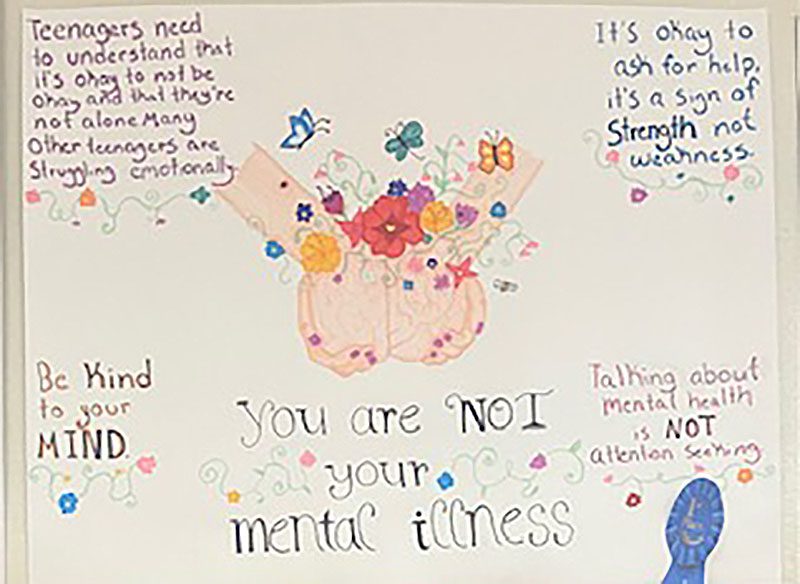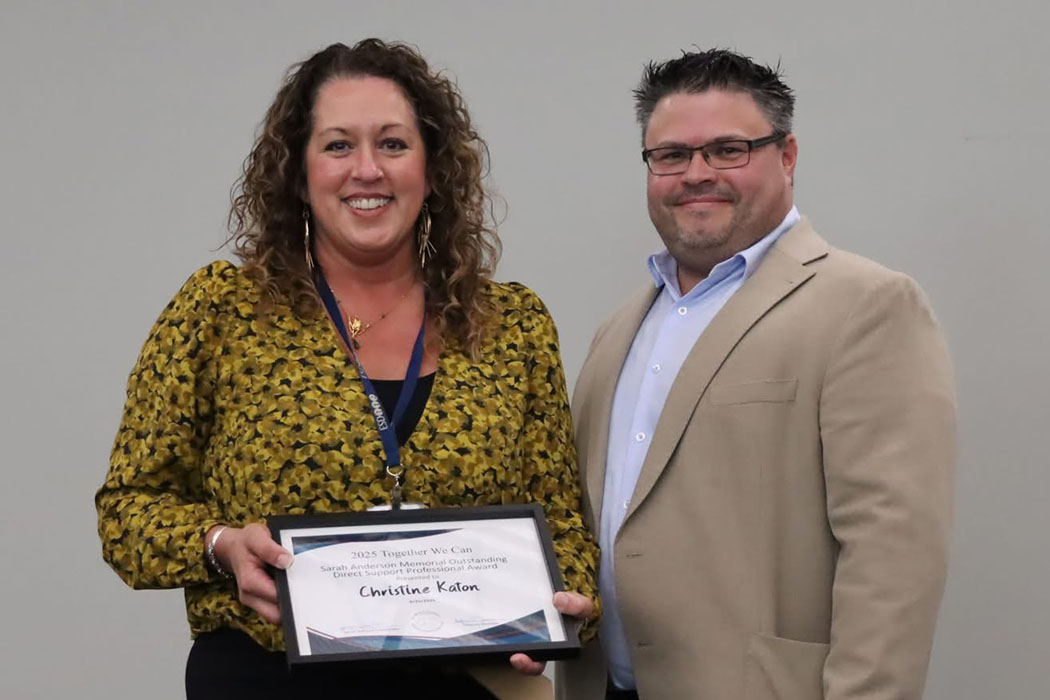From high school to independence: Celebrating six STEPS graduates
ESD 112's Student Transition Educational Program Services (STEPS) celebrated the achievements of six 2025 STEPS graduates at a meaningful ceremony on June 13. This milestone marked the culmination of years of dedicated learning and growth for students with disabilities who [...]
ESD 112 Communications & Regional School Districts honored with 2025 National School Communications Awards
In May, several school districts and education leaders from Southwest Washington received 2025 National School Public Relations Association (NSPRA) Awards, recognizing their excellence in strategic school communication and drawing national attention to the Educational Service District (ESD) 112 region. NSPRA [...]
ESD 112 honors STEM excellence with 2025 Rising Star and Regional Partner Awards
Educational Service District 112 (ESD 112) proudly celebrated the future of STEM innovation on the evening of June 9th during the annual STEM Rising Star and Regional Partner Awards. The event, held at the ESD 112 conference center, recognized outstanding [...]
Vancouver iTech’s John Zingale named 2026 Regional Teacher of the Year by ESD 112
ESD 112 is excited to announce that John Zingale, a history and social studies teacher at Vancouver iTech Preparatory, has been named the 2026 Regional Teacher of the Year. Zingale’s dynamic approach to education, which combines civic engagement, hands-on learning, [...]
Kelso School District’s Paul Richie named 2025 Regional Classified School Employee of the Year
Paul Richie, the Facilities and Operations Supervisor for Kelso School District, has been named the 2025 Regional Classified School Employee of the Year by ESD 112. This honor recognizes his transformative leadership, unwavering dedication, and behind-the-scenes efforts that have shaped [...]
Class of 2025 graduation events in the ESD 112 Region
Congratulations, class of 2024-2025! Seniors and their families are celebrating the end of a chapter at high school commencement ceremonies this spring. Find a collection of graduation information for districts across the ESD 112 region below: Click on the district [...]
Southwest Washington educators and community leaders recognized at 2025 WASA Awards
Eye-catching floral arrangements created by talented Mountain View High School students. Educational Service District 112 hosted the 2025 Washington Association of School Administrators (WASA) Awards Ceremony on May 16, honoring exceptional contributions from educators, students, and community [...]
EPIC Coalition supports student poster contest for National Prevention Week
Each year during the second week of May, the Substance Abuse and Mental Health Services Administration (SAMHSA) collaborates with individuals, communities, and organizations to observe National Prevention Week. This annual campaign emphasizes the importance of prevention in fostering mental [...]
ESD 112’s Christine Katon receives top honor at ‘Together We Can’ conference
Christine Katon, Youth Workforce Program Manager at ESD 112, received the Sarah Anderson Memorial Outstanding Direct Support Professional Award at the 2025 Together We Can Conference, which took place at the Cowlitz County Expo Center. This annual, free event, sponsored [...]









 ESD 112 equalizes educational opportunities for learning communities through innovative partnerships, responsive leadership, and exceptional programs.
ESD 112 equalizes educational opportunities for learning communities through innovative partnerships, responsive leadership, and exceptional programs.